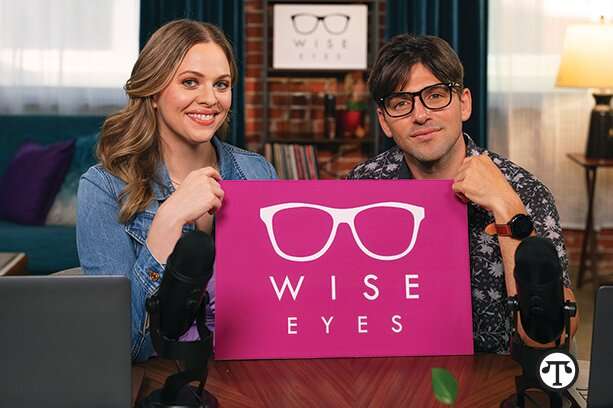FOR YOUR HEALTH: What You Need To Know About Keratoconus and the iLink Procedure
 (NAPSI)—There could be good news if you or someone you care about is ever among the one in 6,000 Americans the National Institutes of Health estimates will be diagnosed with keratoconus (KC).
(NAPSI)—There could be good news if you or someone you care about is ever among the one in 6,000 Americans the National Institutes of Health estimates will be diagnosed with keratoconus (KC).
The Problem
This is a sight-threatening and progressive eye disease that occurs when the cornea thins and weakens over time. It causes the development of a cone-like bulge, which can dramatically and permanently distort vision.
An Answer
There is no cure for keratoconus, but the cornea can be strengthened to slow or halt the progression of the disease with an FDA-approved cross-linking procedure called iLink®. Once diagnosed, there is a lot of information for patients to digest and for eye doctors and their staff to explain in a way that is thorough, educational, and not overwhelming.
Helping Patients Understand the Procedure
With that goal in mind, Glaukos, the company that developed the iLink procedure, launched a 10-part video series called WiseEyes, available on the Glaukos Cornea patient YouTube channel. The format of each short video depicts two young “podcast hosts” talking about everything from keratoconus signs and symptoms and the risk of vision deterioration to what to expect before, during, and after the iLink procedure. Episodes also address insurance coverage, financing options, and financial assistance programs for the procedure. The goal of the WiseEyes video series is to help patients get the information they need so they can feel comfortable and confident in making decisions as they relate to their keratoconus journey and treatment with iLink.
Glaukos is committed to consumer awareness. Last year, the company launched a massive KC awareness initiative through a unique website called www.livingwithkeratoconus.com that offers details about KC signs and symptoms; an online, downloadable five-question quiz; and a link to “Find a Doc” to make an appointment to be screened. The campaign was supported by videos, social media, collateral materials, and media relations in partnership with eye doctors to encourage people – primarily between the ages of 14 and 35 – to be screened for KC. Both campaigns, designed to educate people about KC, are based on the fact the disease is commonly underdiagnosed but can progress rapidly and result in significant vision loss. If left untreated, as many as one in five patients with progressive KC may eventually need a corneal transplant.
More good news is that people are starting to talk about KC and better understand the signs and symptoms that should be discussed with an eye doctor. This has come through Glaukos’ efforts and patients with KC sharing their experiences on social media channels.
“Corneal cross-linking is an effective treatment for stabilizing cornea rigidity to preserve vision and spare patients with KC from possibly having to undergo cornea transplantation,” said Dr. Clark Chang, an optometrist at Wills Eye Hospital in Philadelphia. “The WiseEyes campaign was created with diagnosed KC patients in mind to provide a clear understanding of what to expect from the FDA-approved treatment and to allay any fears.”
Learn More
For more facts, visit www.glaukos-iLink.com.
Responsible journalism is hard work!
It is also expensive!
If you enjoy reading The Town Line and the good news we bring you each week, would you consider a donation to help us continue the work we’re doing?
The Town Line is a 501(c)(3) nonprofit private foundation, and all donations are tax deductible under the Internal Revenue Service code.
To help, please visit our online donation page or mail a check payable to The Town Line, PO Box 89, South China, ME 04358. Your contribution is appreciated!


Leave a Reply
Want to join the discussion?Feel free to contribute!